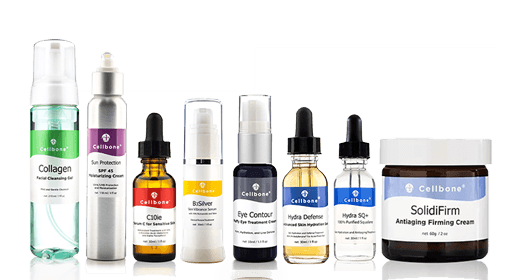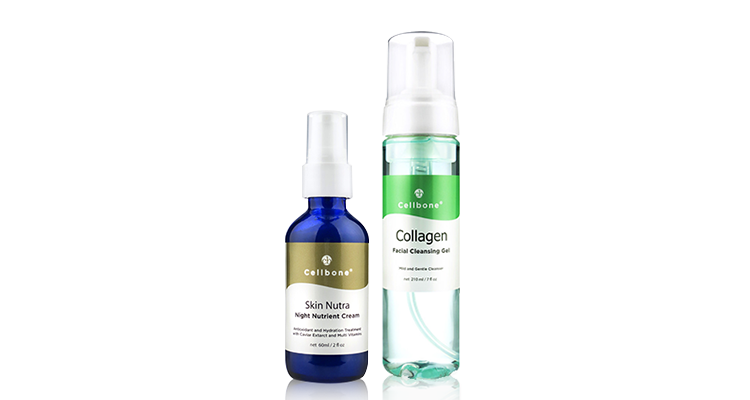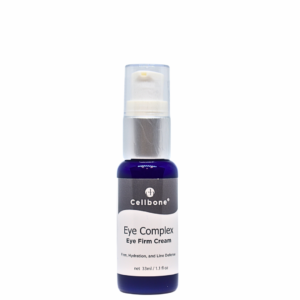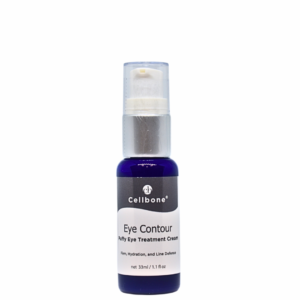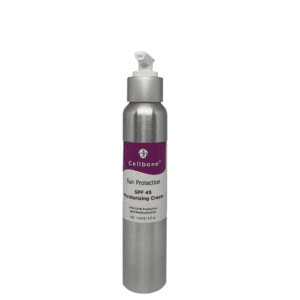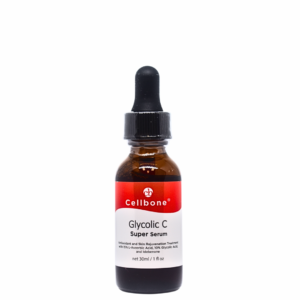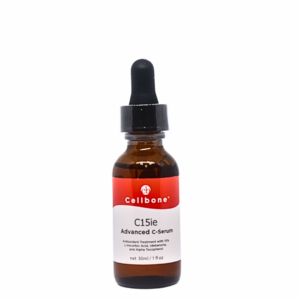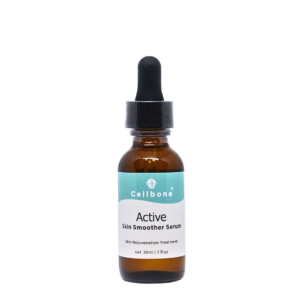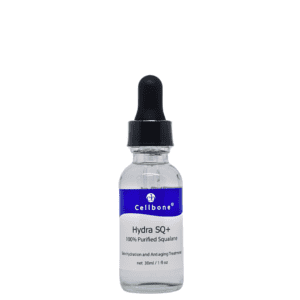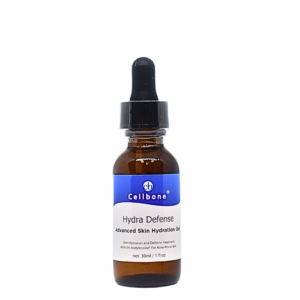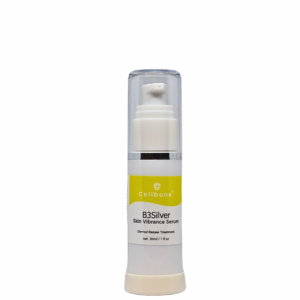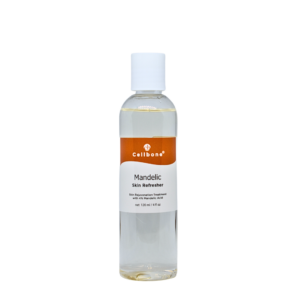THE ULTIMATE GUIDE TO
Rosacea
Signs of Rosacea
What Causes Rosacea?
Rosacea is a skin inflammation that unlike acne, does not scar. The condition generally appears in patients between the ages of 30 and 50 years, and while any person can suffer from rosacea, the most likely candidates are middle-aged women with fair complexions. Rosacea has been shown to be hereditary and the symptoms tend to worsen as a person ages. The exact root of rosacea is unknown however there are a number of triggers which have been proven to worsen the external effects of the condition. Consuming unhealthy foods such as coffee, alcoholic beverages, food high in content and spicy foods is likely to flare up rosacea. The state of a person’s immune system can also affect their vulnerability to the symptoms.
Common causes of rosacea include:
- Alcohol or dairy consumption
- Cosmetics that dry out the skin
- Emotional distress
- Excercise
- Exposure to the elements (sunlight, wind or extreme hot and cold temperatures)
- Genetics
- Hot beverages or spicy foods
- Smoking
- Some medications
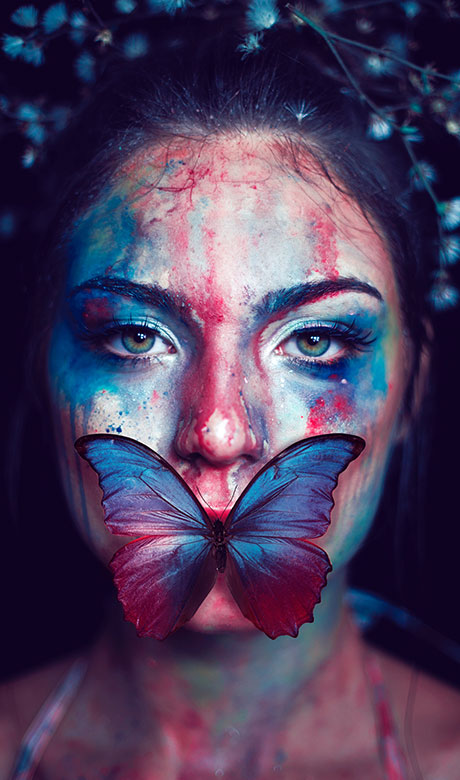
How To Care For Rosacea
Some treatments can control and reduce the severity of rosacea’s inflammatory symptoms whereas makeup can mask the redness. Avoidance of aggravating factors is key to reducing the severity of rosacea and sunscreen is a must to deter further inflammation, even when it appears overcast outside.
Methods we recommend to care for rosacea include:
- Avoiding alcohol and smoking
- Avoiding hot beverages and spicy foods
- Avoiding exposure to sunlight
- Avoiding skin products containing alcohol
- Covering the skin from the elements (wearing a hat in the sun and a scarf in colds winds)
- gentle skin cleansing, once daily
- Makeup
- Sunscreen, SPF 30 minimum
- Treating the skin gently, no rubbing the face unnecessarily
- Using a non-soap based face wash
- Using skincare gentle products (containing green tea, licorice, oatmeal, aloe vera, chamomile, honey, niacinamide or essential oils such as tea tree oil)
Rosacea Starter Kits
Morning Routine
Step 1. Collagen Cleanser
Step 2. Eye Contour Cream
Step 3. Vitamin C (start on 10% then titrate to 20%)
Step 4. Hydra Defense
Step 5. B3 Silver
Step 6. Hydra SQ+
Step 7. SolidiFirm (Use Super AOX if you have very dry skin)
Step 8. SPF
Morning Routine
Step 1. Collagen Cleanser
Step 2. Eye Complex Cream
Step 3. Vitamin C (start on 10% then titrate to 20%)
Step 4. Hydra Defense
Step 5. B3 Silver
Step 6. Hydra SQ+
Step 7. SolidiFirm (Use Super AOX if you have very dry skin)
Step 8. SPF
Evening Routine
Step 1. Collagen Cleanser
Step 2. Skin Nutra Night Nutrient Cream
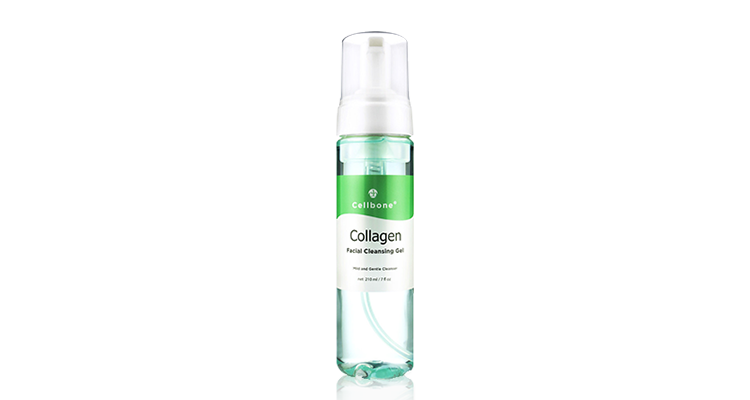
Additional Product Options
- Hydra Copper Peptide (Use every morning and night after B3 Silver)
Recommended Products For Rosacea
The Ultimate Guides Series
Become one of our Stockists

Here's What Our Costumers Say



